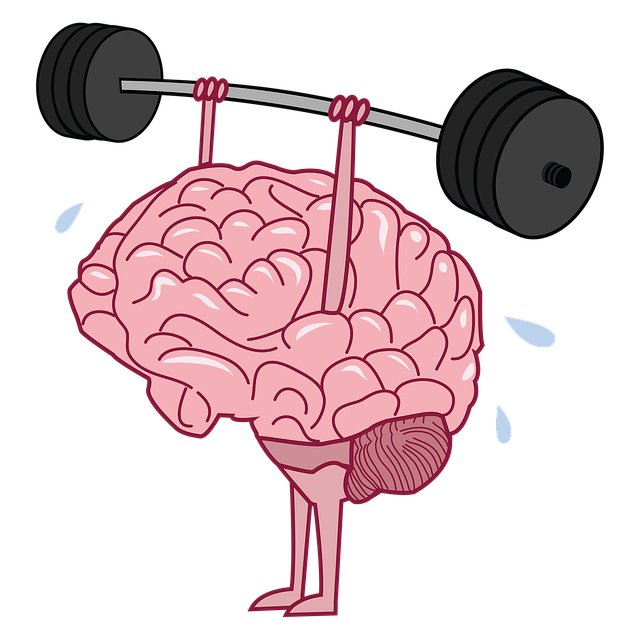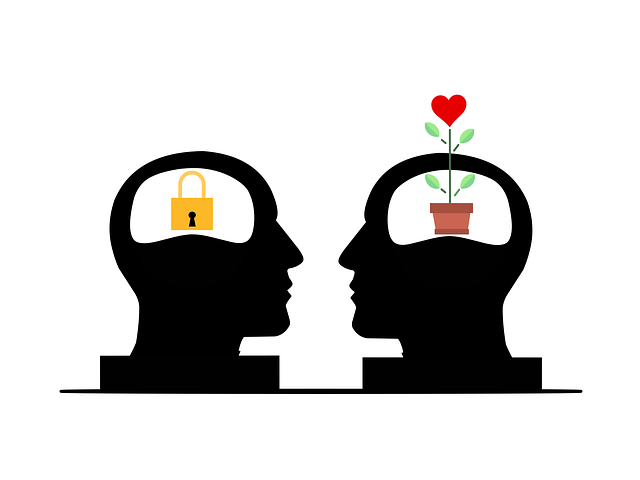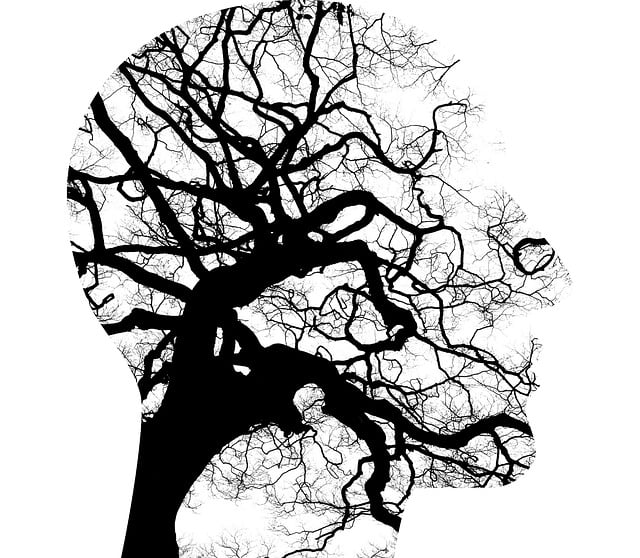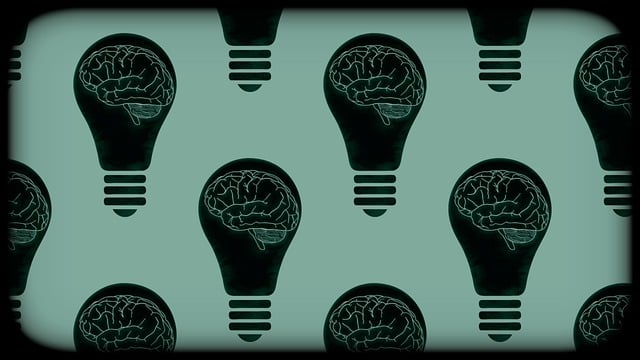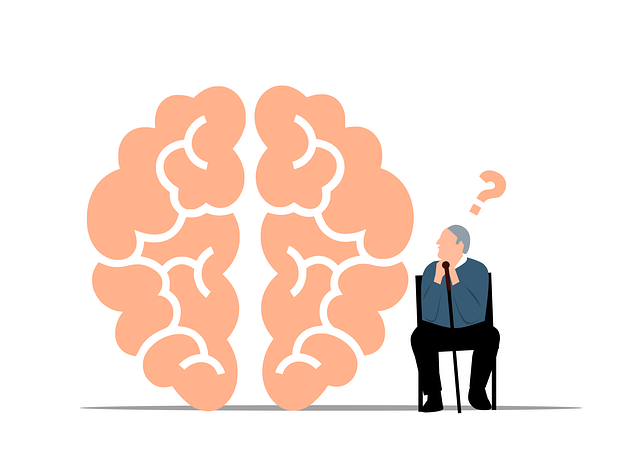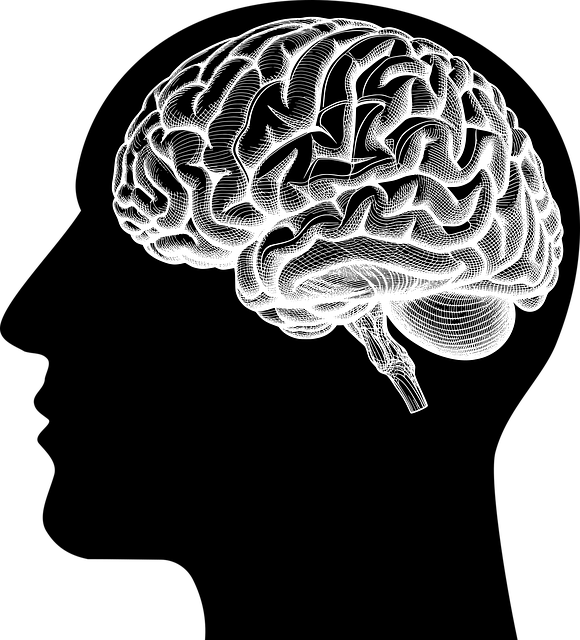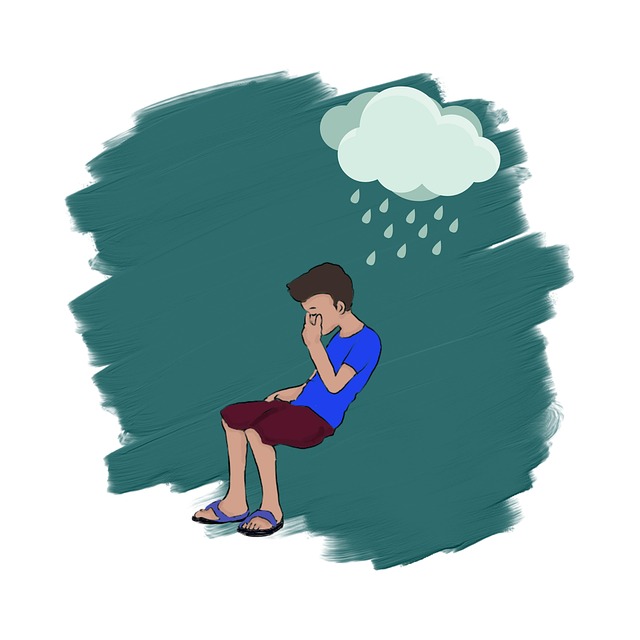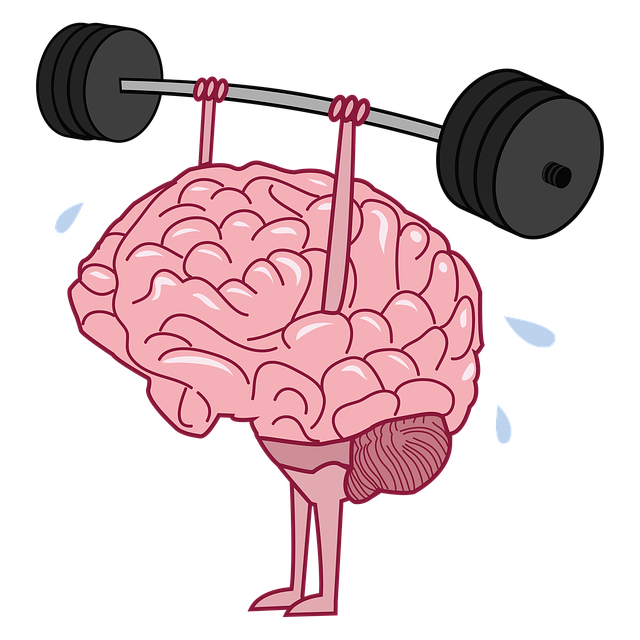Aurora Exposure and Response Prevention (AERP) Therapy is a structured approach combining exposure therapy and response prevention for managing anxiety, effective for phobias, PTSD, and related conditions. Self-monitoring, behavioral assessment, client feedback, and longitudinal tracking are key evaluation methods to measure AERP's success in improving mental wellness, fostering emotional regulation, and refining treatment plans based on individual needs.
Mental wellness program evaluation is a multifaceted process, crucial for assessing the effectiveness and impact of interventions. This article explores diverse methods, from understanding Aurora Exposure and Response Prevention (AERP) Therapy—a game-changing approach in treating anxiety disorders—to leveraging self-monitoring, behavioral assessments, client feedback, and longitudinal tracking. By employing these techniques, mental health professionals can gain invaluable insights into program success, identify areas for improvement, and enhance overall treatment outcomes.
- Understanding Aurora Exposure and Response Prevention (AERP) Therapy: A Brief Overview
- The Role of Self-Monitoring in Evaluating Mental Wellness Programs
- Behavioral Assessment Techniques for Measuring Treatment Effectiveness
- Client Feedback and Satisfaction Surveys: Gaining Insights into Program Impact
- Longitudinal Tracking: Uncovering Patterns of Improvement and Challenges
Understanding Aurora Exposure and Response Prevention (AERP) Therapy: A Brief Overview

Aurora Exposure and Response Prevention (AERP) Therapy is a structured approach designed to help individuals confront and manage anxiety-provoking situations or memories. This therapy combines exposure therapy with response prevention techniques, aiming to enhance self-awareness exercises and change maladaptive behaviors. Through gradual and controlled exposure to feared stimuli, AERP enables clients to understand their triggers and develop effective coping strategies.
By engaging in this process, individuals learn to prevent or reduce the impact of anxiety responses, fostering better emotional regulation. The approach is particularly useful for addressing specific phobias, post-traumatic stress disorder (PTSD), and related conditions. Additionally, integrating mental wellness journaling exercise guidance can reinforce learning and promote self-reflection, making AERP a comprehensive tool in the arsenal of mental health professionals. Risk assessment remains crucial before initiating this therapy to ensure its suitability and safety for each client.
The Role of Self-Monitoring in Evaluating Mental Wellness Programs

Self-monitoring plays a pivotal role in evaluating mental wellness programs, offering individuals an opportunity to actively engage in their own healing process. This method encourages participants to track their thoughts, emotions, and behaviors over time, providing valuable insights into the effectiveness of therapeutic interventions. For instance, Aurora Exposure and Response Prevention (ERP) Therapy often incorporates self-monitoring as a key component, where clients log their anxiety levels, triggers, and coping strategies. By regularly documenting these experiences, individuals can identify patterns, gain awareness of their progress, and make informed decisions about their mental wellness journey.
Moreover, self-monitoring fosters the development of essential skills such as emotional regulation, mindfulness, and problem-solving—all integral to long-term mental health. It empowers participants to become active contributors to their treatment, fostering a sense of ownership and empowerment. In addition to personal growth, self-monitoring data can be leveraged by mental health professionals to refine treatment plans, implement effective empathy building strategies, and develop tailored risk management planning. This holistic approach ensures that mental health education programs are designed to meet the unique needs of each individual.
Behavioral Assessment Techniques for Measuring Treatment Effectiveness

Behavioral assessment techniques play a pivotal role in evaluating the effectiveness of mental wellness programs, especially when examining therapeutic approaches like Aurora Exposure and Response Prevention (AERP) Therapy. This method focuses on observing and measuring an individual’s behavior, reactions, and responses during treatment sessions, providing valuable insights into the program’s success. AERP therapy, for instance, combines exposure to feared situations with response prevention techniques, aiming to reduce anxiety and phobic behaviors. By assessing changes in behavioral patterns, therapists can gauge the impact of this approach.
Incorporating compassion cultivation practices, healthcare provider cultural competency training, and empathy building strategies within these assessments is beneficial. These complementary methods enhance therapeutic interactions, fostering a supportive environment that encourages open communication and accurate data collection. Such an integrated evaluation ensures a holistic understanding of treatment effectiveness, considering both the technical aspects of therapy and the emotional connection between caregiver and patient.
Client Feedback and Satisfaction Surveys: Gaining Insights into Program Impact

Client Feedback and Satisfaction Surveys play a pivotal role in evaluating the impact of mental wellness programs, particularly when employing evidence-based approaches like Aurora Exposure and Response Prevention Therapy (AERPT). These surveys provide valuable insights into clients’ experiences, perceived improvements, and overall satisfaction with the treatment process. By gathering direct feedback from individuals who have undergone therapy, mental health professionals can gauge the effectiveness of AERPT in alleviating anxiety and fostering crisis intervention guidance.
The data obtained from these surveys helps to identify areas of strength within the program as well as potential challenges or gaps. This information is crucial for refining treatment protocols, ensuring continuous improvement, and ultimately enhancing mental wellness outcomes. Furthermore, high client satisfaction rates can serve as a testament to the successful integration of AERPT in providing anxiety relief and effective crisis intervention strategies.
Longitudinal Tracking: Uncovering Patterns of Improvement and Challenges

Longitudinal tracking is a powerful method to evaluate mental wellness programs, offering a comprehensive view of an individual’s journey towards improved mental health. By observing participants over an extended period, researchers and therapists can uncover unique patterns of improvement and identify recurring challenges. This technique is particularly valuable in understanding the long-term effects of interventions like Aurora Exposure and Response Prevention Therapy (AERPT).
In AERPT, for instance, longitudinal tracking allows professionals to assess whether individuals maintain their progress or experience setbacks after initial treatment. By regularly assessing mental health metrics, such as anxiety levels, depression symptoms, and coping strategies, therapists can tailor self-care routine development programs to address specific needs. Incorporating mindfulness meditation techniques into these routines has shown promise in enhancing overall mental wellness, providing participants with tools to navigate future challenges effectively.
Evaluating mental wellness programs is a multifaceted process, encompassing various techniques from brief overviews of specialized therapies like Aurora Exposure and Response Prevention (AERP) to longitudinal tracking of client improvement. Self-monitoring, behavioral assessment, client feedback, and satisfaction surveys each play a crucial role in understanding program impact. By combining these methods, mental health professionals can gain valuable insights into treatment effectiveness, identify patterns of progress and challenges, and make informed adjustments to better serve their clients’ evolving needs in today’s digital era.


